Susquehanna University freshwater research students study Loyalsock Creek in Sullivan County7/1/2021 Group photo of Susquehanna University's Freshwater Research Institute (FRI) research professors and students who traveled to Loyalsock Creek. This summer, Susquehanna University’s Freshwater Research Institute (FRI) has multiple students participating in internships and research. Salamander and fish studies, sediment analyses, wetland and stream restoration, and work with partner organizations of the FRI are some of their many projects. Another was a habitat assessment research trip involving the Loyalsock Creek and its tributaries in Sullivan County of Pennsylvania. The Loyalsock is a 64-mile-long tributary of the West Branch of the Susquehanna River. Susquehanna professors Dr. Dan Ressler, Matt Wilson, and Dr. Tanya Matlaga and a group of research students spent a week studying the area this past month. Susquehanna’s Loyalsock trip is an annual one, originating from the Unassessed Waters Initiative of the Pennsylvania Fish and Boat Commission (PFBC). According to PFBC, Unassessed Waters “provides the opportunity to expand the number and miles of streams surveyed each year, beyond the time-constraints of PFBC staff.” More specifically, universities, research entities, and conservation organizations partner with PFBC to examine waters not yet inventoried by them. “The outside groups sample previously unassessed waters using PFBC sampling protocols and are directed to work in watersheds determined to be ‘high priority,’” as per PFBC. Surveyed waters found to contain wild trout are presented by partners to PFBC to be protected. Because streams with wild trout populations are subject to stricter environmental protection under the Department of Environmental Protection (DEP), the main purpose of the initiative is to find wild trout in Pennsylvania’s unassessed streams. This is especially considering the growth of the Marcellus Shale Gas Extraction throughout the state, which reinforces the importance of classifying streams with wild trout that need adequate protection. Without this protection, natural resource extraction will put additional stress on streams populated by wild trout. Among the Loyalsock research students, senior ecology major Arielle Heisler, junior ecology major Gabe Peachey, and sophomore environmental science and biology major Danielle Tryon all spoke on their experiences studying the Loyalsock.
Streams studied by the group prior to the Loyalsock contain sediment, pesticide, and nutrient runoff. They also had far higher turbidity (cloudy, dirty-looking water) to the point where fish could not be seen in the water. To wrap things up, research students were asked for memorable experiences and lessons learned from the Loyalsock trip this year. “During breaks between sites, Dan, Matt, and I would go fly fishing together on the creek,” said Peachey. “I feel so much more comfortable around them now,” shared Heisler about how the trip allowed her to develop valuable student-faculty relationships. She expressed how this would help her as she begins senior research this upcoming semester. “Real world application” was Tryon’s immediate response on how this experience would help her succeed in her future career. Salamander and fish identification, electrofishing, and sediment sampling were among the many important skills she practiced. Tryon also commented on how this experience affirmed her future career prospects: “After that week being in the field, I don’t think I could have an office job full time. It was just so amazing.” Susquehanna’s summer stream crew is considering a second potential study at Kettle Creek, an approximately 43-mile-long tributary of the West Branch Susquehanna River that spans Tioga, Potter, and Clinton counties. All photos included were provided by Danielle Tryon of Susquehanna University.
0 Comments
Leave a Reply. |
AuthorsRiverkeeper John Zaktansky is an award-winning journalist and avid promoter of the outdoors who loves camping, kayaking, fishing and hunting with the family. Archives
April 2024
Topics |
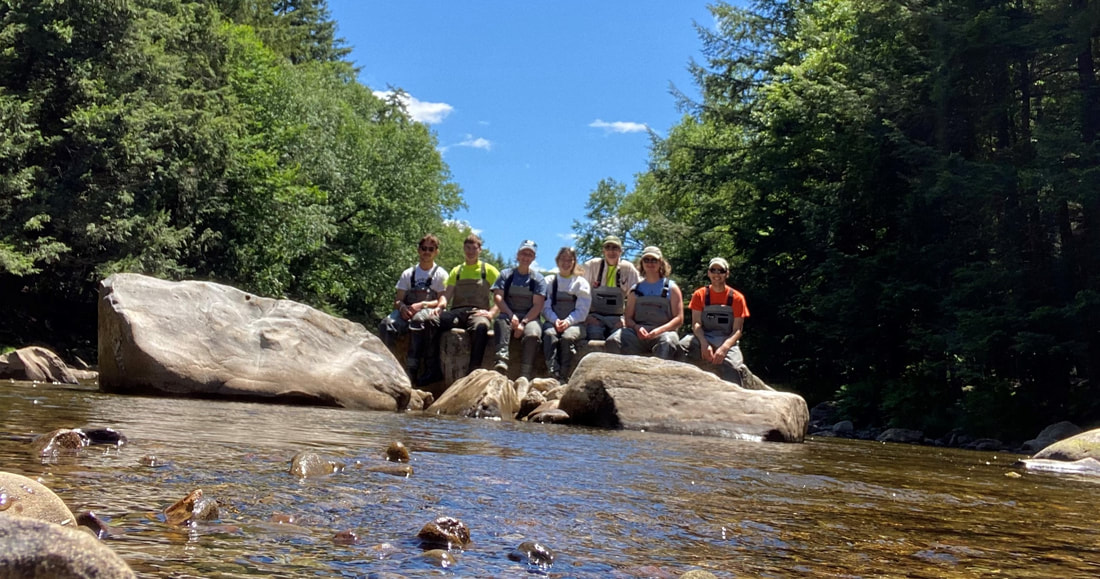
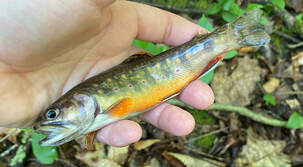
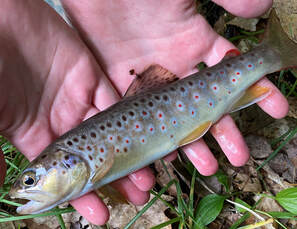
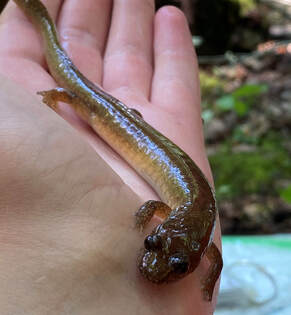
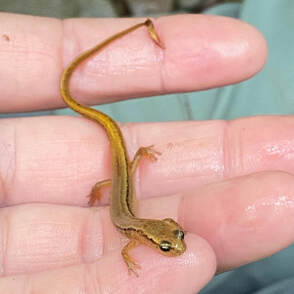
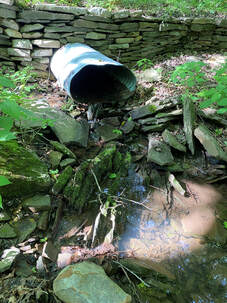
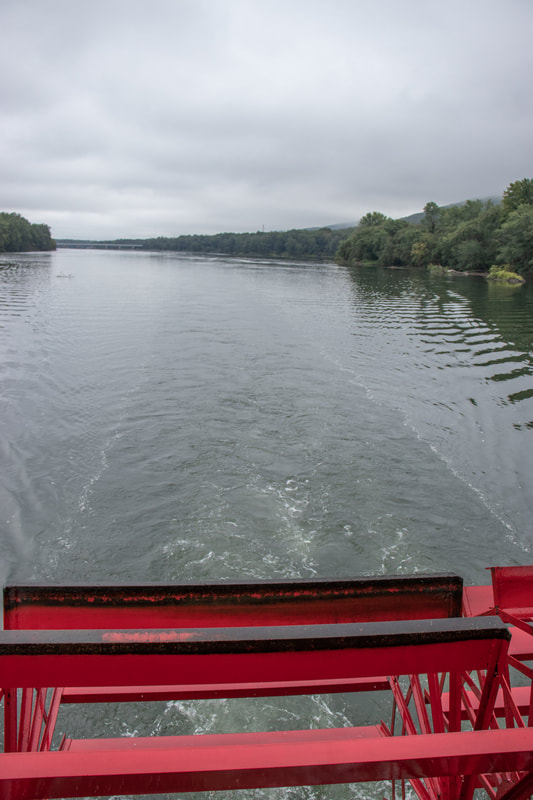

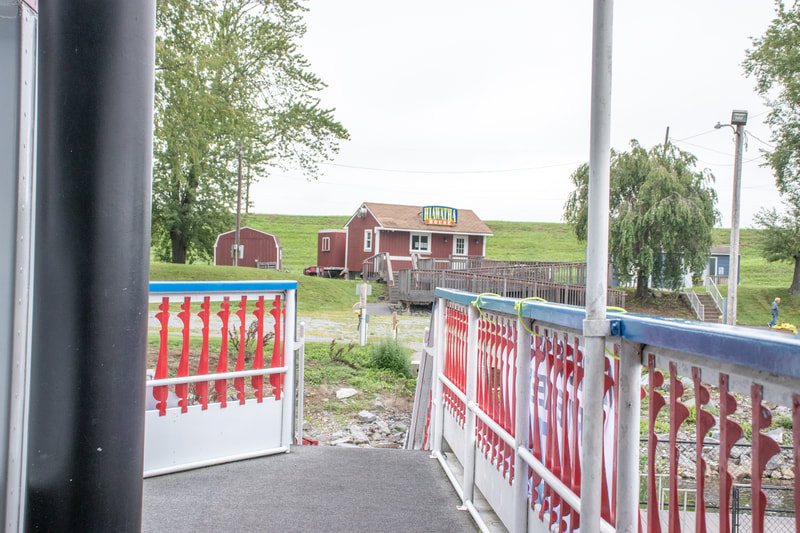
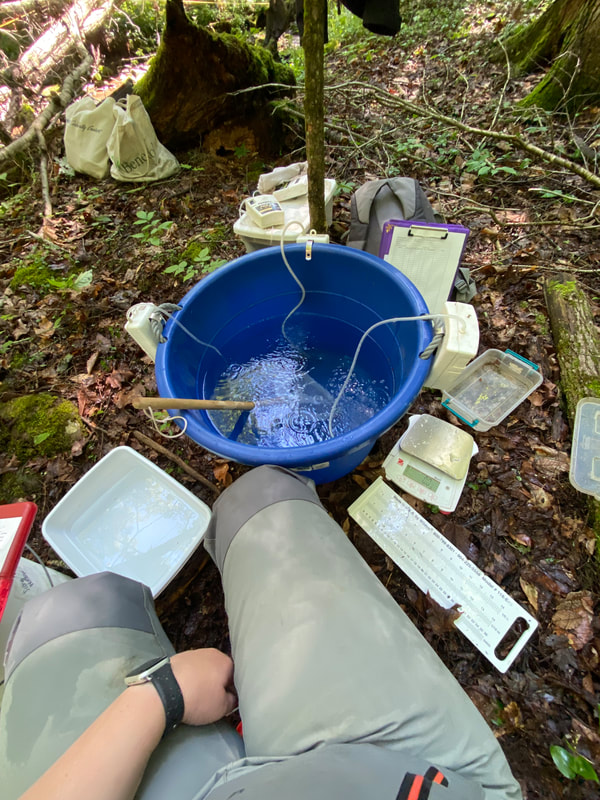
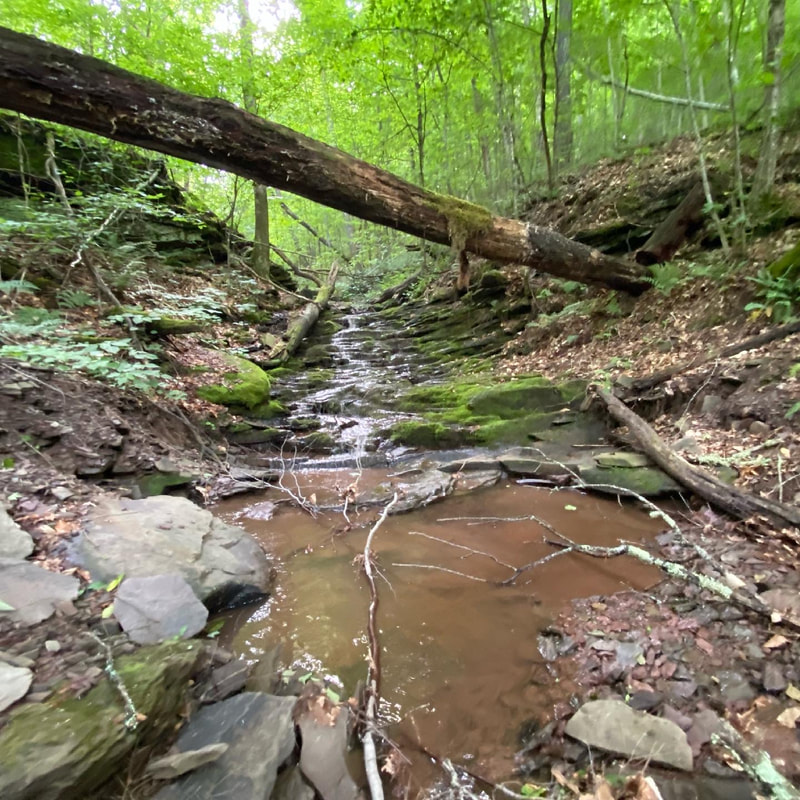
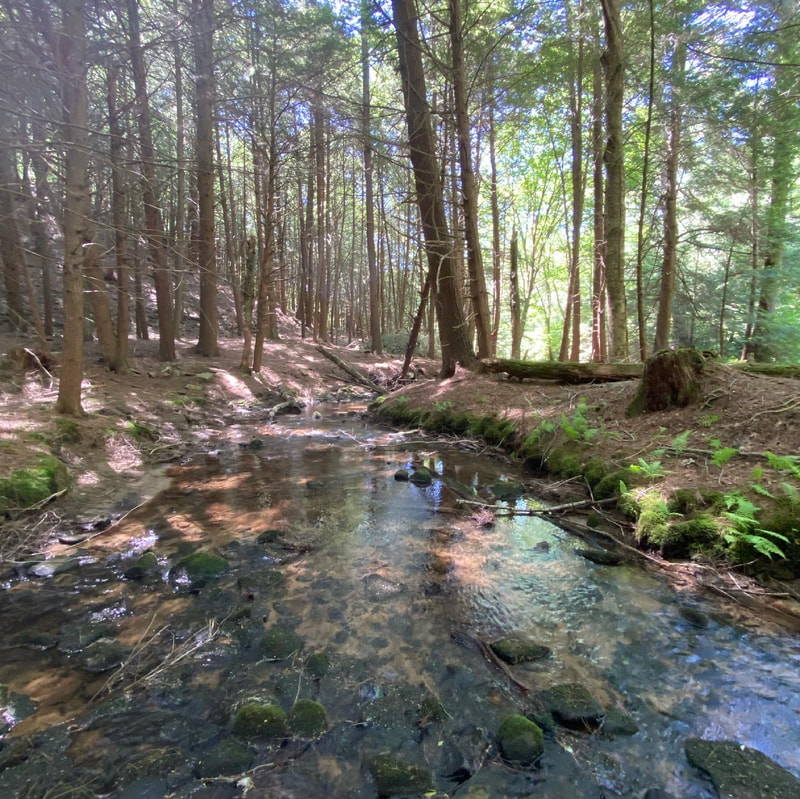
 RSS Feed
RSS Feed